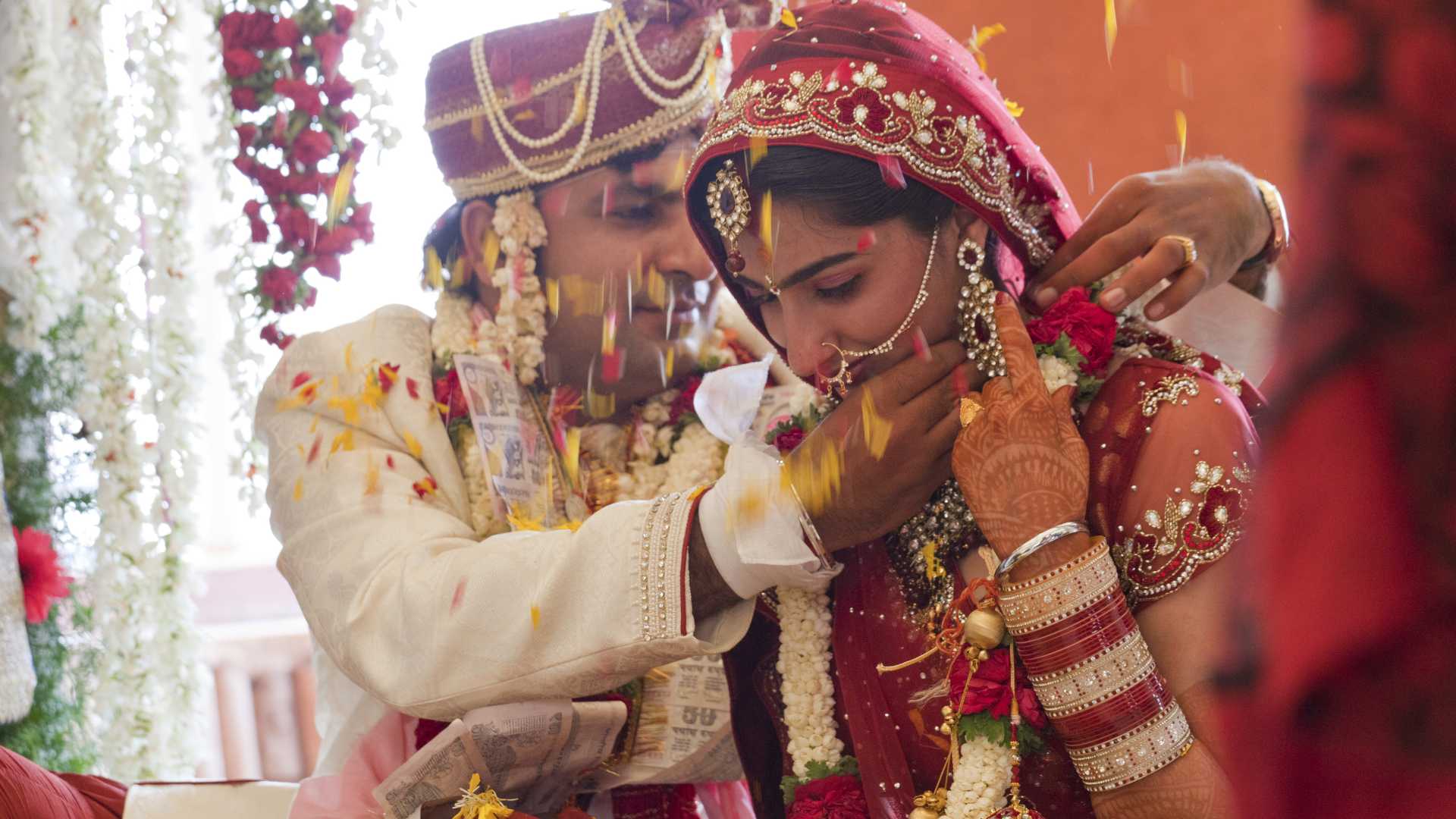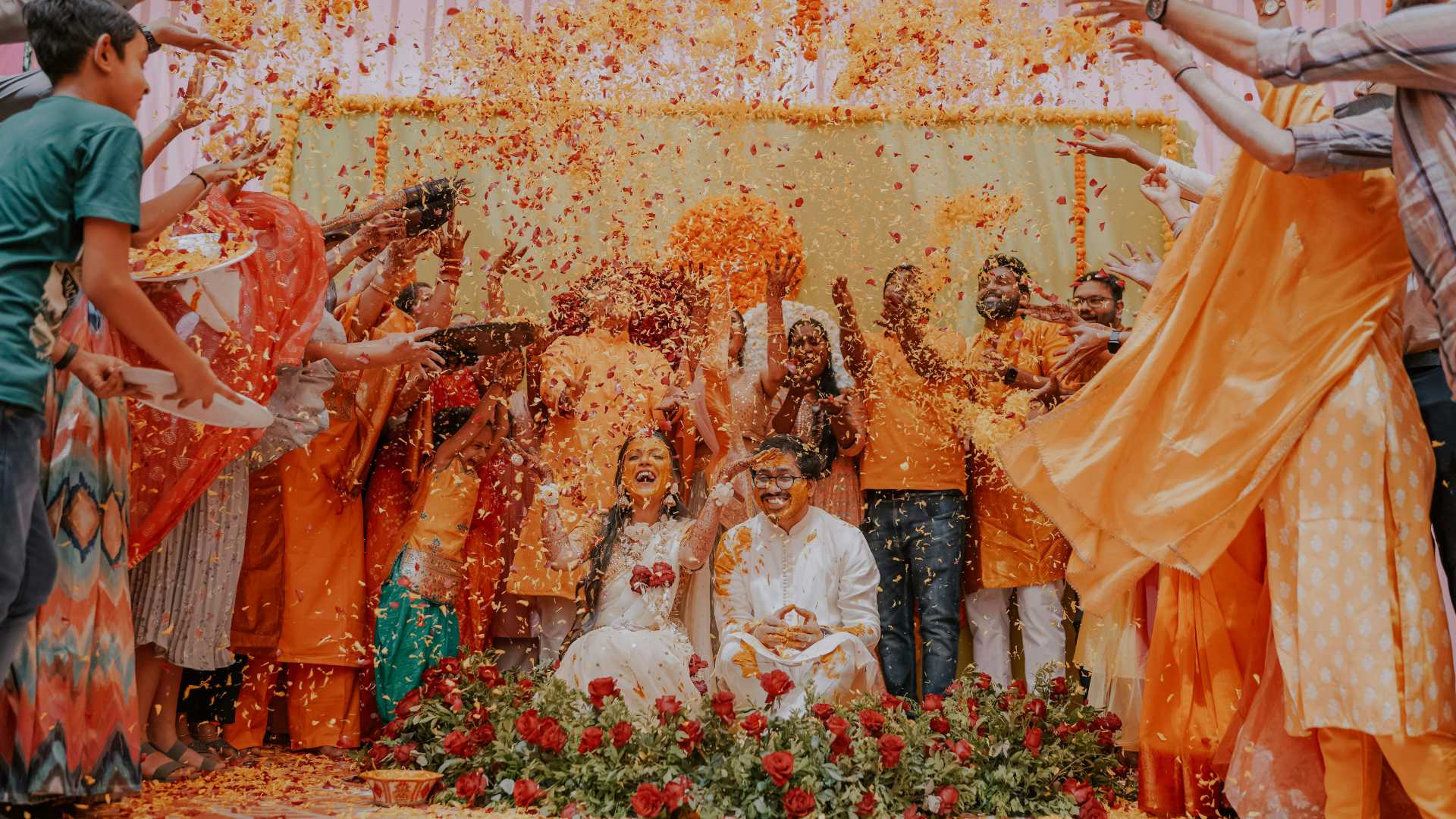Weddings in India are grand, vibrant affairs steeped in tradition and cultural significance. Among these traditions, the dowry system stands as one of the most contentious, deeply affecting not just the marriage itself but also the lives of those involved. Despite being outlawed, the dowry system continues to cast a shadow over Indian weddings, influencing everything from the ceremonies to the expectations placed on both the bride’s and groom’s families. This article explores the intricate relationship between dowry and Indian weddings, highlighting the impact on wedding culture, the legal challenges, and the ongoing efforts to combat this practice.
Summary
The dowry system, despite being outlawed, continues to influence Indian weddings, impacting everything from ceremonies to the financial dynamics between families. Historically, dowry was meant to secure the bride’s future, but it has evolved into a mandatory and often burdensome expectation. This practice affects wedding planning, with families sometimes going into debt to meet dowry demands, overshadowing the celebration’s true meaning. The dowry system also perpetuates domestic issues, sometimes leading to abuse or divorce. Efforts to combat dowry include grassroots movements and government initiatives, though cultural change is slow. Promoting dowry-free weddings and shifting societal attitudes are crucial for making Indian weddings truly about love and equality.
Historical Context: The Role of Dowry in Indian Marriages
The Evolution of Dowry in Indian Wedding Traditions
Historically, dowry was intended as a form of inheritance for daughters, a way for them to secure financial stability after marriage. This practice was embedded in the marriage rituals, symbolising the transfer of wealth along with the bride to her new family. Over time, especially during the British colonial period, the dowry system became mandatory, shifting from a voluntary gift to a demanded payment.
The Modern-Day Significance of Dowry in Weddings
In modern India, dowry remains a significant factor in the marriage process, influencing everything from the matchmaking phase to the actual wedding day. Despite the Dowry Prohibition Act of 1961, dowries are still expected in many marriages, often justified as part of the cultural fabric of Indian weddings. The pressure to meet dowry demands can dictate the scale and nature of wedding celebrations, impacting the financial planning and social dynamics of the families involved.
Dowry and the Structure of Indian Weddings
The Role of Dowry in Arranged Marriages
In arranged marriages, which are still prevalent in India, dowry plays a crucial role in negotiations. The expectation of dowry can influence the choice of partners, with families often prioritising financial considerations over the compatibility of the couple. This focus on dowry can overshadow the celebratory aspects of weddings, turning what should be a joyous occasion into a stressful financial transaction.
Impact on Wedding Preparations and Celebrations
Dowry demands often dictate the scale and grandeur of Indian weddings. The bride’s family may feel compelled to host extravagant wedding ceremonies to match the dowry expectations, leading to significant financial strain. In some cases, families go into debt to meet these expectations, impacting the long-term financial stability of the bride’s household.
Cultural Implications: Dowry and Wedding Rituals
The Symbolism of Dowry in Wedding Ceremonies
In many traditional Indian weddings, certain rituals symbolise the transfer of wealth, subtly reinforcing the dowry system. For example, the ‘Kanyadaan’ ceremony, where the bride is given away by her parents, can sometimes be accompanied by the exchange of gifts and money, which may include dowry. These rituals, though culturally significant, can perpetuate the notion that the bride is a financial burden being transferred from one family to another.
The Pressure on Families During Wedding Planning
The anticipation of dowry can create immense pressure on the bride’s family during wedding planning. This pressure often extends to every aspect of the wedding, from the guest list to the gifts exchanged. The societal expectation to meet or exceed dowry demands can lead to weddings that are more about financial display than the union of two individuals, distorting the true essence of marriage.
The Impact of Dowry on Post-Wedding Life
Dowry and Domestic Life
The impact of dowry does not end with the wedding ceremony. In many cases, the dowry continues to influence the couple’s married life, often leading to domestic violence or financial disputes. The expectation of additional dowry after the wedding can strain relationships, leading to emotional and physical abuse. For many women, the pressure to provide more dowry persists, overshadowing their married life and contributing to ongoing inequality within the household.
Dowry and Divorce Rates
In situations where dowry demands are not met, the marriage may suffer, sometimes leading to divorce. However, divorce in the context of dowry is often stigmatised, particularly for women, who may be blamed for failing to meet dowry expectations. This stigma can discourage women from leaving abusive marriages, trapping them in a cycle of violence and financial exploitation.
Efforts to Address Dowry in Indian Weddings
Grassroots Movements and Wedding Reform
Various grassroots movements have emerged to combat the dowry system, advocating for wedding reform and promoting dowry-free marriages. These movements aim to raise awareness about the negative impact of dowry and encourage families to focus on the true meaning of marriage rather than financial transactions. Some communities have started organising simpler, more meaningful weddings that reject the dowry tradition, setting a positive example for others to follow.
Government and Legal Initiatives
The Indian government has implemented several initiatives to curb the practice of dowry in weddings, including public awareness campaigns and stricter enforcement of dowry laws. However, these initiatives face significant challenges due to the cultural acceptance of dowry in many parts of the country. To make a real impact, the government must work closely with community leaders and wedding planners to promote dowry-free marriages and ensure that laws are enforced effectively during the wedding process.
The Future of Indian Weddings: Moving Beyond Dowry
Changing Attitudes Toward Dowry
There is a growing movement among younger generations in India to reject the dowry system and embrace more egalitarian marriage practices. As more couples choose love marriages over arranged ones, the role of dowry in weddings is gradually diminishing. However, changing deep-seated cultural attitudes will take time, and continued efforts are needed to educate people about the harmful effects of dowry on marriages.
Promoting Dowry-Free Weddings
Promoting dowry-free weddings is crucial to changing the landscape of Indian marriage traditions. Many couples are now opting for simpler, more intimate ceremonies that focus on the union of two people rather than the exchange of wealth. These weddings serve as powerful statements against the dowry system, inspiring others to follow suit and helping to shift societal norms.
The Role of Wedding Industry Professionals
Wedding planners, vendors, and other industry professionals play a significant role in shaping modern Indian weddings. By promoting dowry-free packages and offering services that emphasise the couple’s love story rather than financial displays, the wedding industry can help lead the charge in eradicating the dowry system. Educating clients about the benefits of dowry-free weddings and highlighting the importance of equality can further this cause.
Conclusion
The dowry system has long been intertwined with Indian weddings, shaping the way marriages are conducted and the expectations placed on families. Despite legal prohibitions, dowry continues to influence wedding culture, often to the detriment of the individuals involved. However, there is hope for change as more people and communities begin to reject this outdated practice.
By promoting dowry-free weddings, raising awareness about the legal and social implications of dowry, and supporting victims of dowry-related abuse, India can move towards a future where marriages are celebrated for the union of two people, not for the wealth exchanged between families. As Indian weddings continue to evolve, the eradication of dowry will be a crucial step in ensuring that these celebrations are truly about love, equality, and mutual respect.
FAQs About Dowry System
How Does the Dowry System Work in India?
Dowry is a payment made in cash or kind to a bride’s in-laws at the time of her marriage. The amount depends on many factors, including region, religion, caste and subcaste, groom’s education, bride’s skin tone, and the negotiation skills of both the families involved.
What is Meant By The Dowry System?
The Dowry system is a practice of giving money or property or special gifts at the marriage of a daughter by the father to the bridegroom or bridegroom’s family. Generally, dowry includes a cash payment, jewels etc. Dowry is known as ‘Daijo’ in Nepali and ‘Dahej’ in Hindi, Maithali, and Vojpuri.
Is the Dowry System Legal in India?
Dowry is illegal in India under the anti-dowry law. Under the Dowry Prohibition Act, any act to take or give dowry is punishable in India. The punishment for violating the anti-dowry law is imprisonment for up to 5 years and a fine of Rs. 15,000 or the value of dowry given, whichever is more.
What is the Main Reason for the Dowry System?
One of the basic functions of a dowry has been to serve as a form of protection for the wife against the very real possibility of ill-treatment by her husband and his family.
Who Pays Indian Dowry?
A Hindu bride’s family typically gives the groom a dowry. In Muslim cultures, however, it is the groom that bequeaths a gift or Mahr to his bride. The bride price is also commonly practised by many major Black African cultural groups, regardless of socioeconomic standing.




